UPDATE: A photo by B.C.’s Ian McAllister has been named one of National Geographic’s top pictures of 2015. McAllister, who has studied these reclusive animals for many years, said he hopes the photo will draw attention to the plight of sea wolves.

National Geographic is throwing the spotlight on B.C.’s largely unknown sea wolf population and a local conservation group is hoping the attention will help protect this elusive animal.
Unlike their inland counterparts that hunt deer and caribou, the sea wolves comb the beaches along B.C.’s iconic Great Bear Rainforest and, by and large, feed off the ocean.
They can swim for miles between coastal islands and eat whatever the sea serves up.
They are known to prey on salmon for several months out of the year, with fish making up 25 per cent of their diet during the spawning season.
They hunt seals and sea lions, chew on barnacles, turn up at the herring spawning grounds and feast on whale carcasses. Some even specialize in digging up clams and turning over rocks to look for crabs.
B.C.’s sea wolves in photos. Courtesy: Pacific Wild.
They can spend their whole lives on the islands and some may never even see a deer or any other inland prey.
These wolves were the subject of a feature in National Geographic.
Ian McAllister with Pacific Wild has been studying these wolves for almost two decades and says they are unique on a number of levels.
“We know from exhaustive DNA studies that these wolves are genetically distinct from their continental kin,” says McAllister. “They are behaviourally distinct, swimming from island to island and preying on sea animals. They are also morphologically distinct — they are smaller in size and physically different from their mainland counterparts.”
These three attributes are driving McAllister and others to encourage the B.C. government to designate these sea wolves as evolutionarily significant, hoping their new conservation status would lead to special protection measures.
WATCH: An award-winning photograph has focused international attention on a unique species of animal. Linda Aylesworth has more on the campaign to save British Columbia’s sea wolves.

The sea wolves that reside in B.C. are believed to have once lived all along the Pacific Coast from northern California to Alaska, only to be driven out by humans. They still live in southeast Alaska, but the remote and scarcely populated Great Bear Rainforest in B.C. provides them with a much better chance of survival.
WATCH: Protecting the elusive sea wolves of the Great Bear Rainforest
However, projects such as the controversial Northern Gateway Pipeline and LNG development in the region are threatening the sea wolves’ survival, making habitat protection a priority for environmentalists like McAllister.
“Oil and LNG tankers would certainly place many of these wolves at risk in an event of a catastrophic spill,” he says.
McAllister has been lobbying the government to recognize the global uniqueness of these wolves, but he says awareness is abysmally low.
“The government still considers wolves as vermin,” he says. “We have learned a lot and the society has changed in how it views wolves, but there is still a lot of work to be done to really recognize how fortunate British Columbia is to have these unique wolf populations.”
“So we are going to ramp up our public education, advocacy and research and hopefully see a day when these wolves have the kind of protection that they need.”
You can watch the sea wolves in their natural habitat via Pacific Wild’s live field cams.
– With files from Jon Azpiri



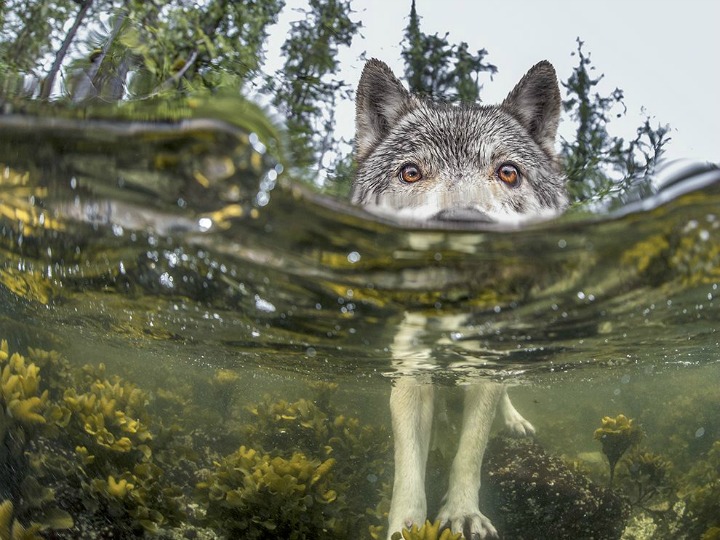

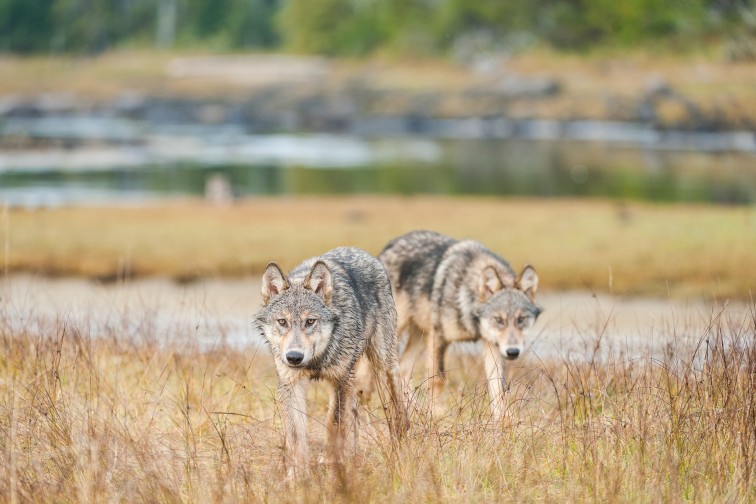

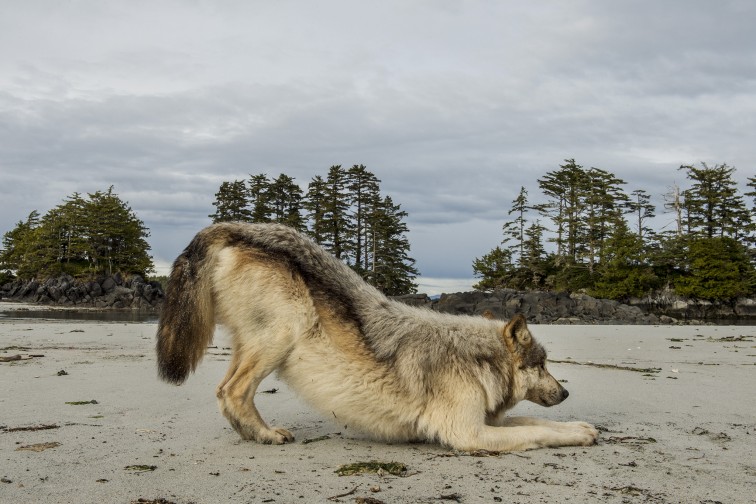





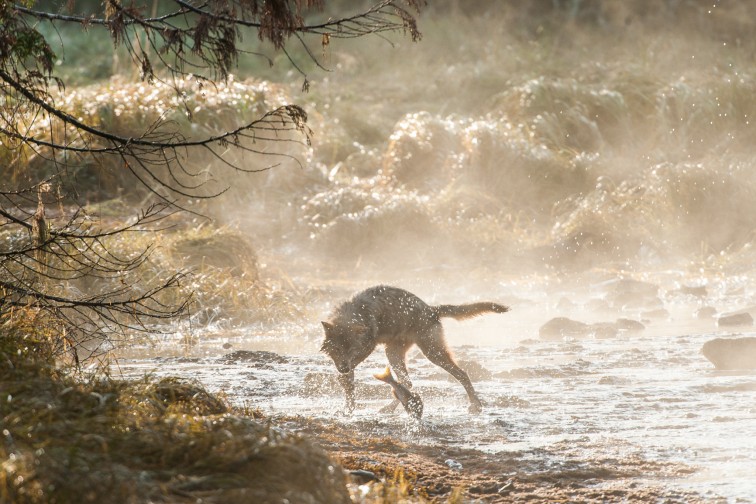

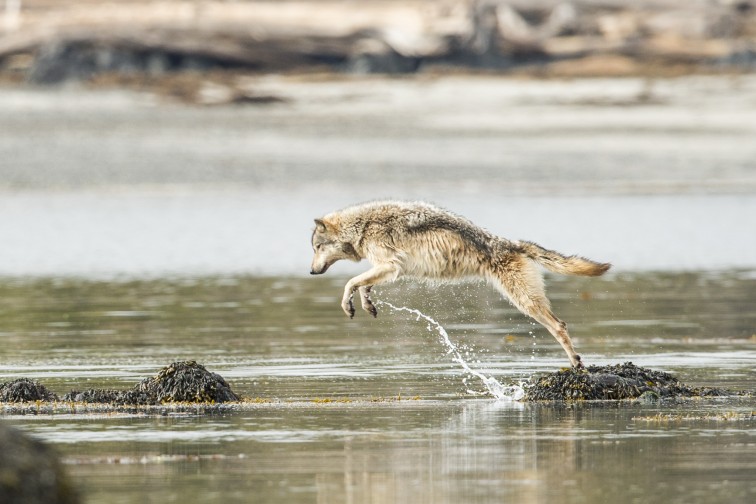

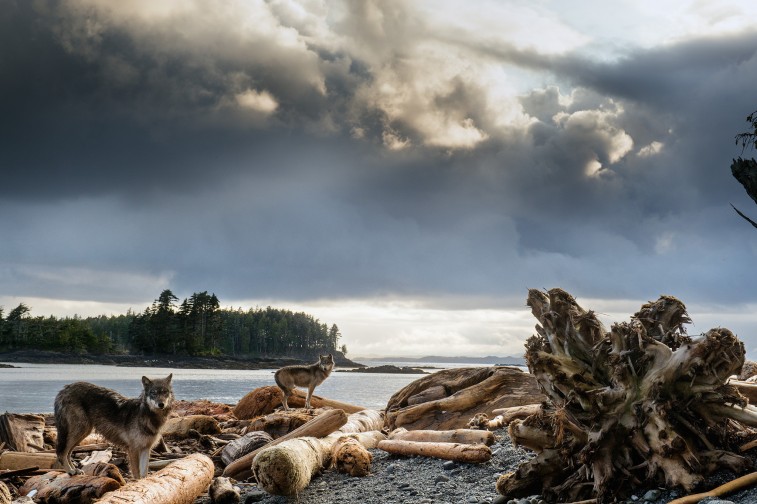







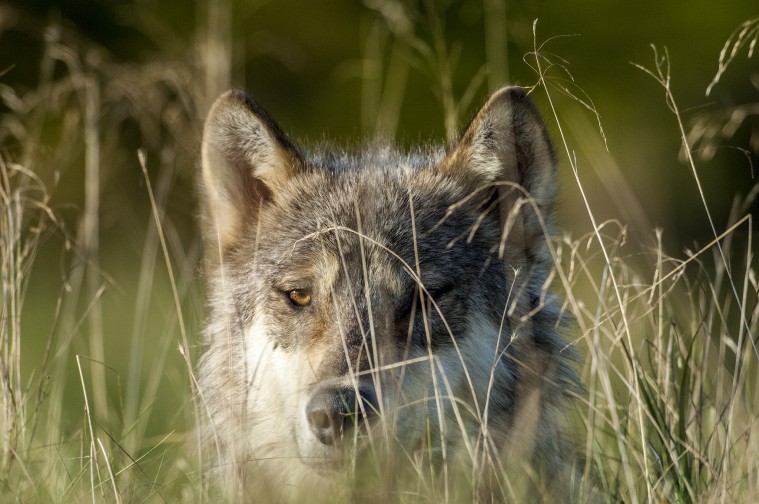


Comments